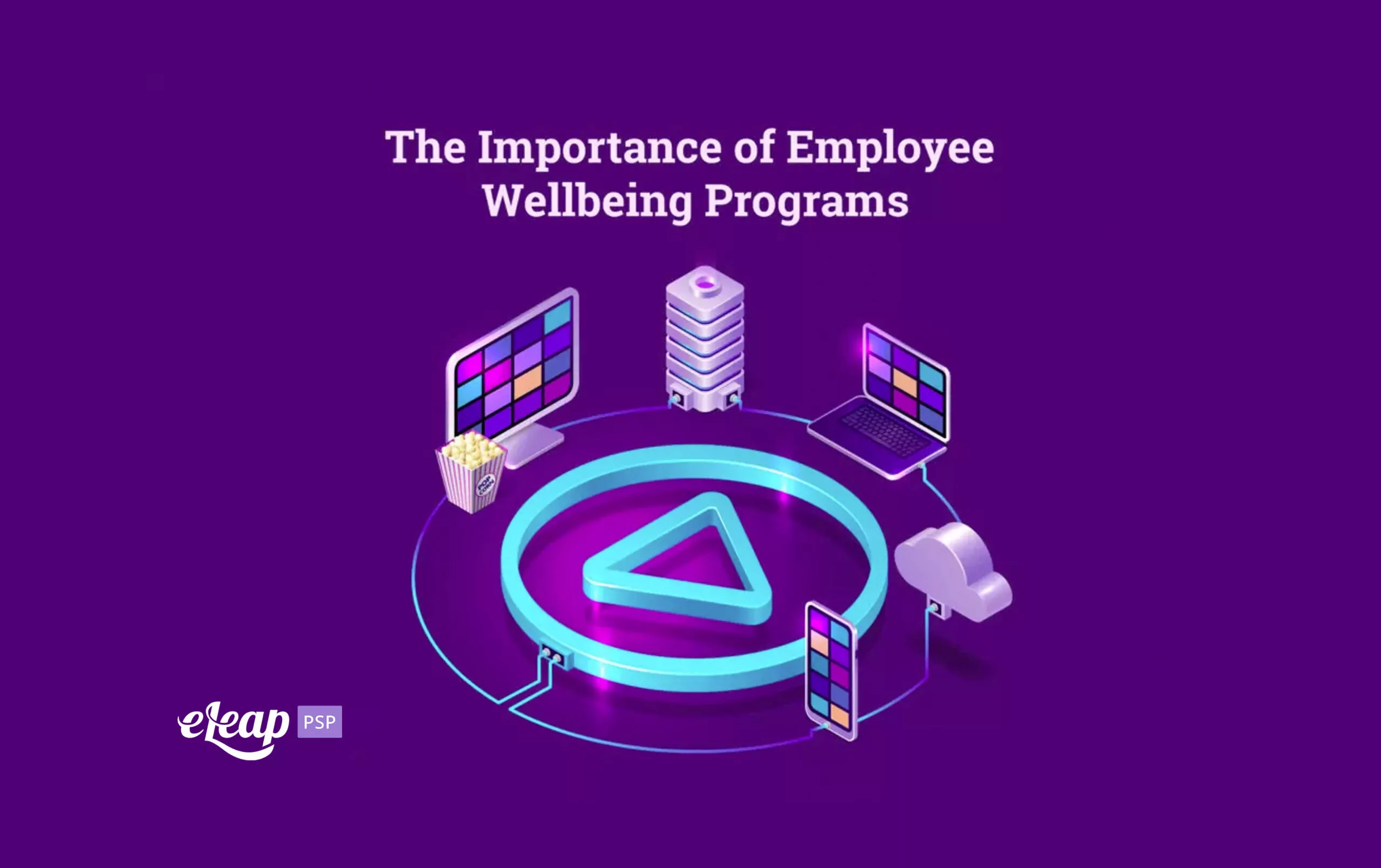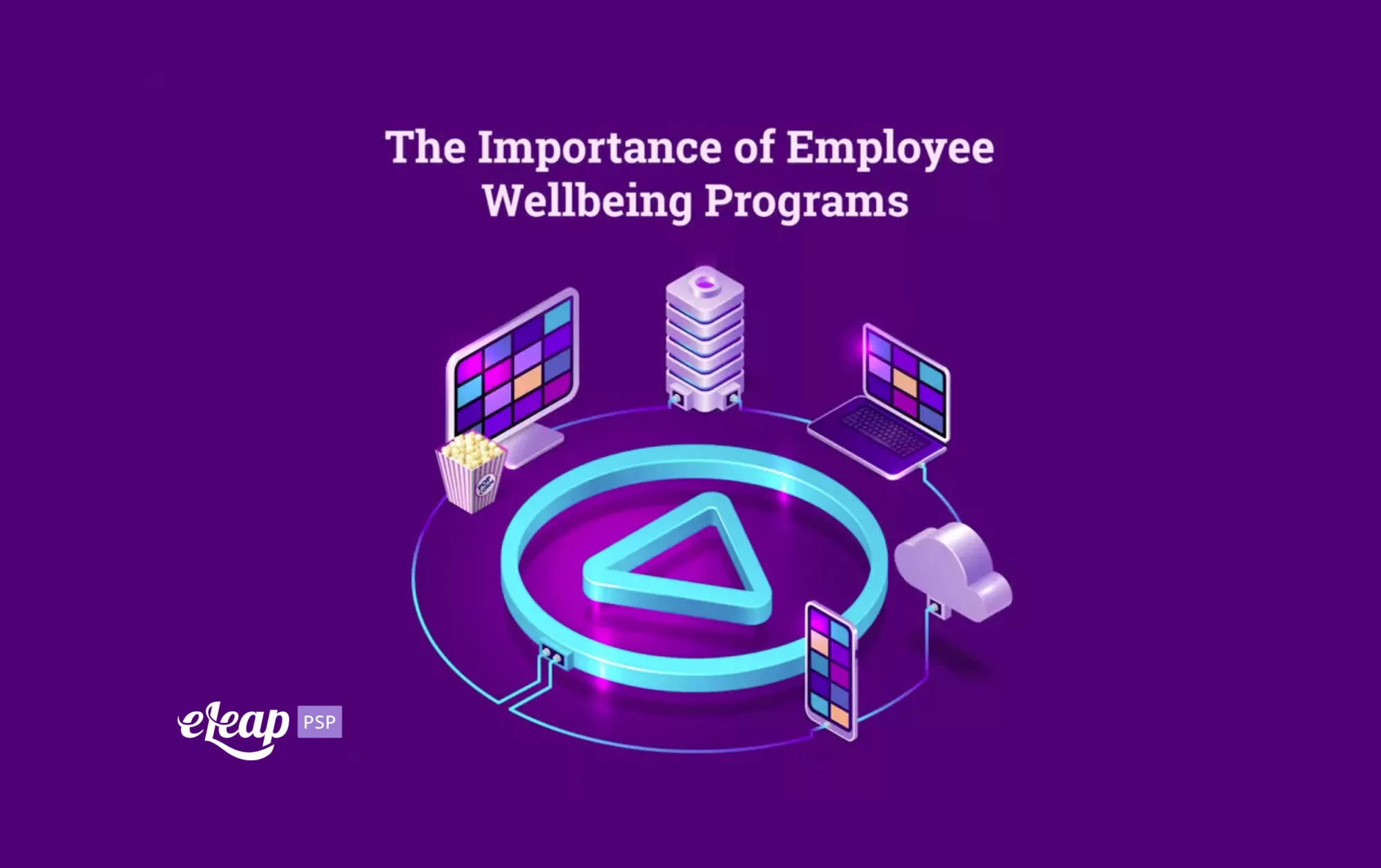The Importance of Employee Wellbeing Programs

More companies than ever are introducing employee wellness programs into the benefits that they offer their employees. Why? Because employee wellbeing programs have continually been shown to have several beneficial effects on a workforce, including boosting productivity.
Wellness includes the active decisions and processes that are made in favor of choosing a healthier and fulfilling lifestyle. Overall, putting programs in place that help to boost the wellness of your employees can only help to improve their wellbeing, which in turn, improves their happiness and the way that they work. It can be extremely beneficial to help your employees take care of their overall wellbeing, from social and mental wellness to the more physical aspects of health. In turn, happier employees with better overall well-being are much more likely to be productive team members.

How Wellbeing Effects Performance
Employees who are engaged within the workplace are better able to perform to the best of their abilities. But if your employees are sick, either mentally or physically, how can you expect them to be engaged at work? Even something as small as the common cold can have a negative impact on an employee’s ability to focus on any given task. A more chronic issue, like stress or fatigue, can have even more detrimental effects. Illness, whether mental, physical, or social, will prevent your employees from doing their job to the best of their abilities. There’s a well-known, strong correlation between performance in the workplace and overall employee wellness. Stress and burnout can take a significant toll on wellbeing and performance and are some of the most significant underlying factors behind low employee satisfaction and lower performance rates.
Employees that are under significant amounts of stress can also cost an organization significant amounts of money. They’re more likely to need healthcare, cause accidents, take longer to complete jobs or assignments, be absent or late, and also quit, leading to increased turnover. But, fortunately, companies who take measures to take care of their employee’s well-being can largely avoid these pitfalls. Employees who are feeling good and happy will perform better and be more productive overall.
How to Start Implementing Wellness Programs
Not every company will have the resources to implement extensive, broad-spectrum wellness programs. But every company can take small steps towards introducing some wellness-related activities for their workforce. Starting with your leaders is a critical step. Employees will follow leadership, and if managers make it known how important they feel employee wellness is, your workforce is likely to follow suit. After all, implementing such programs won’t matter if none of your employees are interested or care about their own wellbeing. Of course, you can’t force them to participate, but you can encourage them through leadership and company culture.
Bigger companies may have the luxury of offering things such as an onsite gym or swimming pool. But if that’s not an option for you, start with small steps such as softball leagues or weekly yoga sessions. Remember to try to implement programs or activities that focus on physical, social, and mental wellbeing. Consider programs that your employees might be more intrinsically motivated to try. For example, yoga can be a particularly beneficial activity for employees who spend a large amount of their workday sitting at a desk.
Physical activity is often best encouraged with fun activities. For example, if you have company meetings, try having them outside while walking or moving around. Yes, this really can be helpful! It might even help employees to focus more and generate ideas during the meeting that they wouldn’t if they were bored and stuck inside a conference room. You could even try a more obvious approach to physical wellness, such as starting a weight loss or exercise challenge amongst your team.
Social wellness is also critical. Employees who feel lonely or as though they don’t fit in with the team are much less likely to be engaged and productive. Creating social wellness programs is another excellent way to improve employee wellbeing and boost social wellness, thus improving overall productivity. It’s important to help employees cultivate relationships in the workplace. You should consider the amount of time that employees spend at work and interacting with other employees. Thus, it’s easy to see how critical it is that they have healthy social relationships. Social activities also help to show your employees how much you value them. Consider setting up social coffee dates, or potluck meals during lunch breaks. Don’t forget to include remote team members!
It’s also important for social wellness that employees have access to a break room or area where they can socialize away from their working space. You can also consider establishing casual chat channels using online software that enables employees to interact socially about non-work-related topics. This is also useful for bringing remote workers into the mix. What’s more, enabling a space for non-work interactions throughout the day is also critical to keeping stress levels down. Even small breaks to socialize can have a big impact on reducing burnout and improving wellbeing.
When working on improving employee wellness within the workplace, take the time to consider that this is an ongoing process, not a one-time situation. Employee wellness should be monitored as best as possible, so make it a priority to check in with workers, including remote workers, regularly. Make sure that you set up activities that work to improve overall wellness and wellbeing, including physical, mental, and social. Even if your resources are limited and you don’t have the budget to build a gym in the office, there are always options that are very budget-friendly and often work just as well, if not better, to improve your workforce’s wellbeing. If you take the time and care to set up well-being programs, your employees will surely reap the benefits. And when overall workforce wellbeing is high, you will see an improvement in overall employee engagement and productivity.